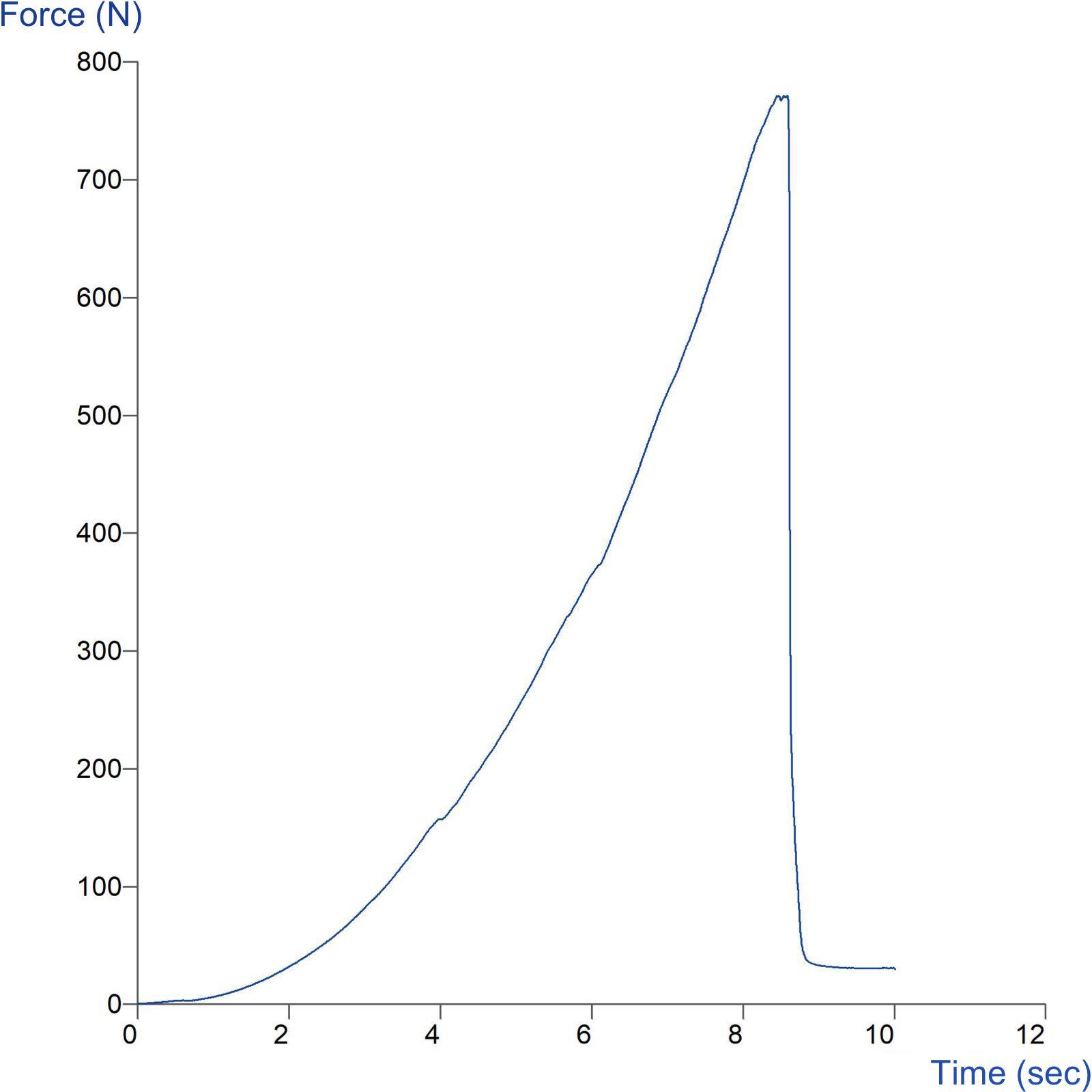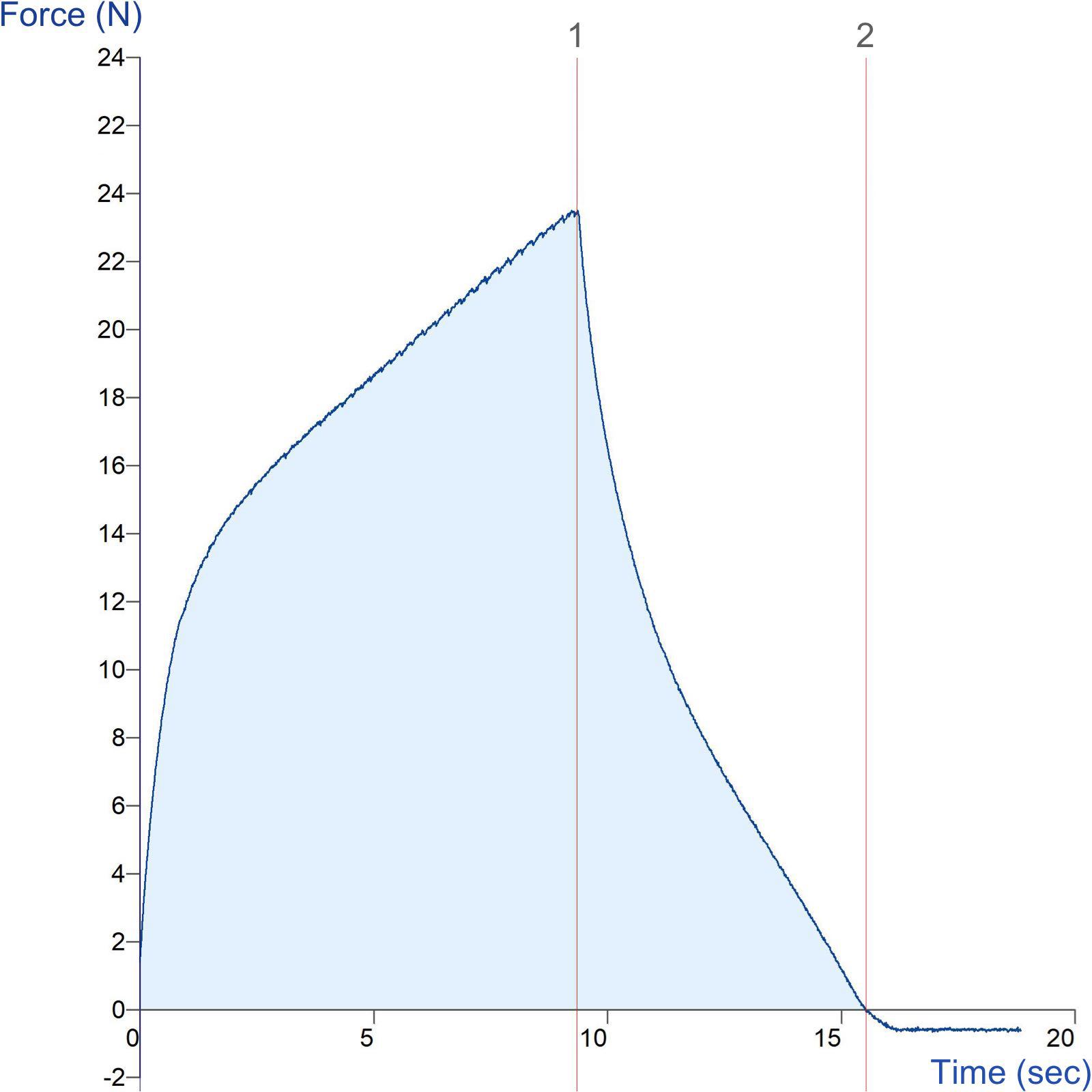
Measure the mechanical properties of leather and textiles
Learn about the different methods used by a Texture Analyser to assess the mechanical properties of leather and textiles.
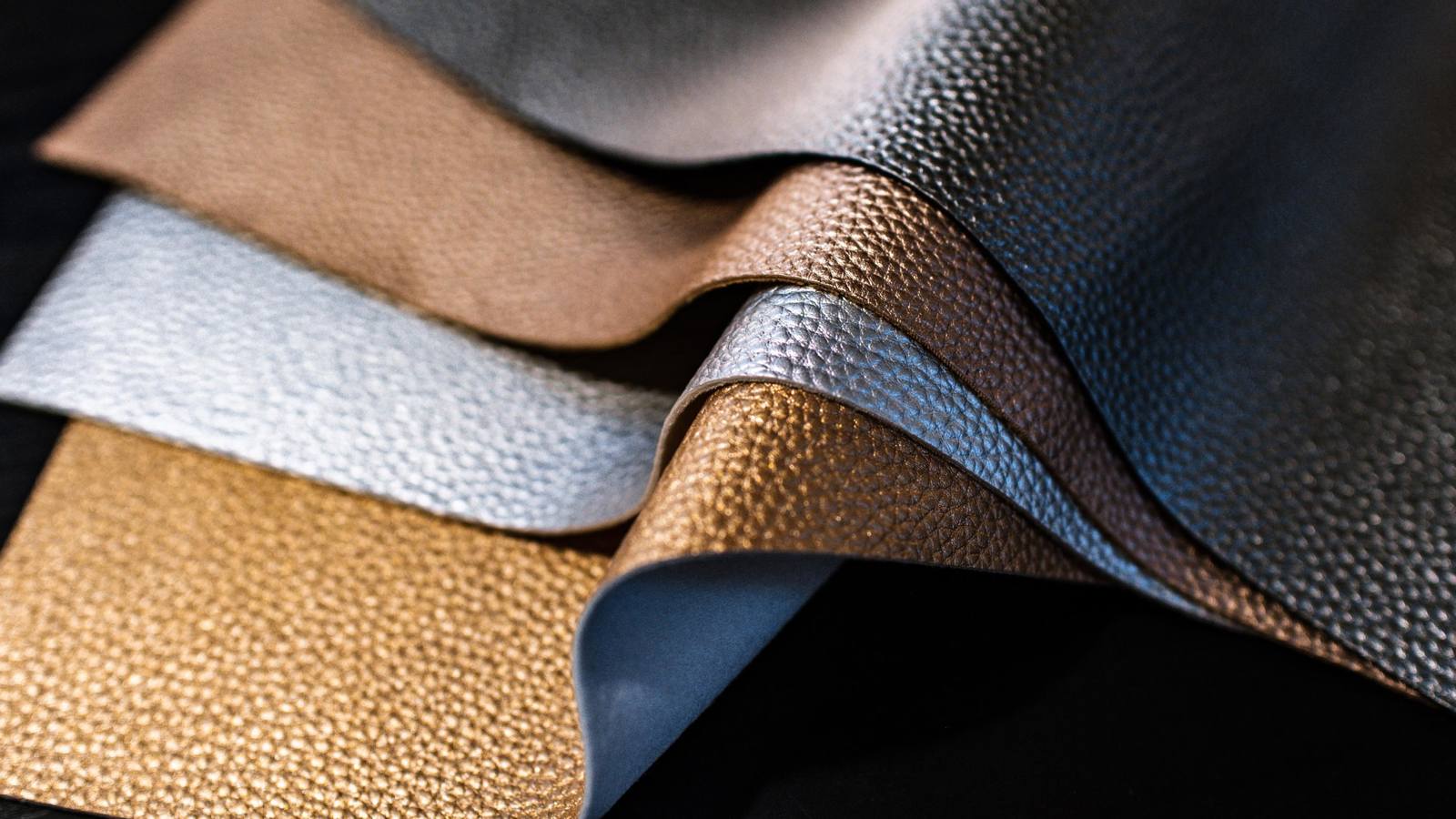
Why measure the mechanical properties of leather and textiles?
The measurement of mechanical properties in leather and textiles is indispensable to the global textiles and leather industries, encompassing millions of workers and intricate processes that transform raw materials into finished clothing, footwear, and related products.
Mechanical testing, conducted with a Texture Analyser, ensures consistent product quality at all stages, from raw materials to finished goods.
These tests, which include tear resistance, compressive strength, tensile strength, and puncture resistance, provide valuable data for product development, routine process testing, and quality control. Standard methods, although not compulsory, serve as essential guidelines for meeting requirements and safety regulations, specifying conditioning processes, test instruments, and conditions for repeatability across laboratories.
Alternatively, tailored tests can be developed to focus on specific properties or quality issues, with bespoke probes and attachments designed to support material testing requirements.
In essence, the measurement of mechanical properties in leather and textiles is a linchpin for delivering products that meet high market expectations, ensuring strength and flexibility for their intended purpose while preventing faulty products from entering the market.



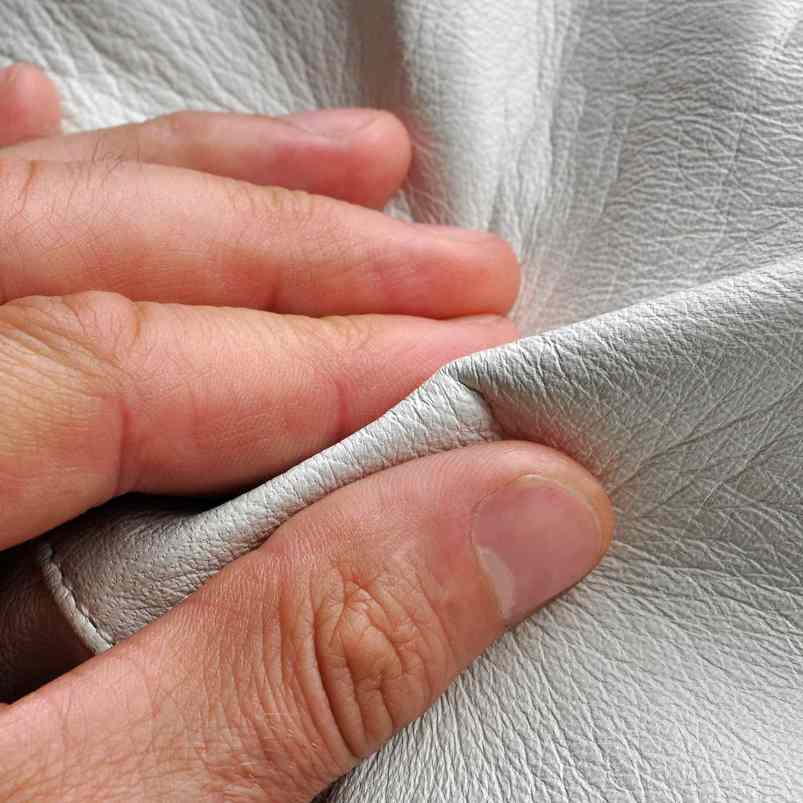
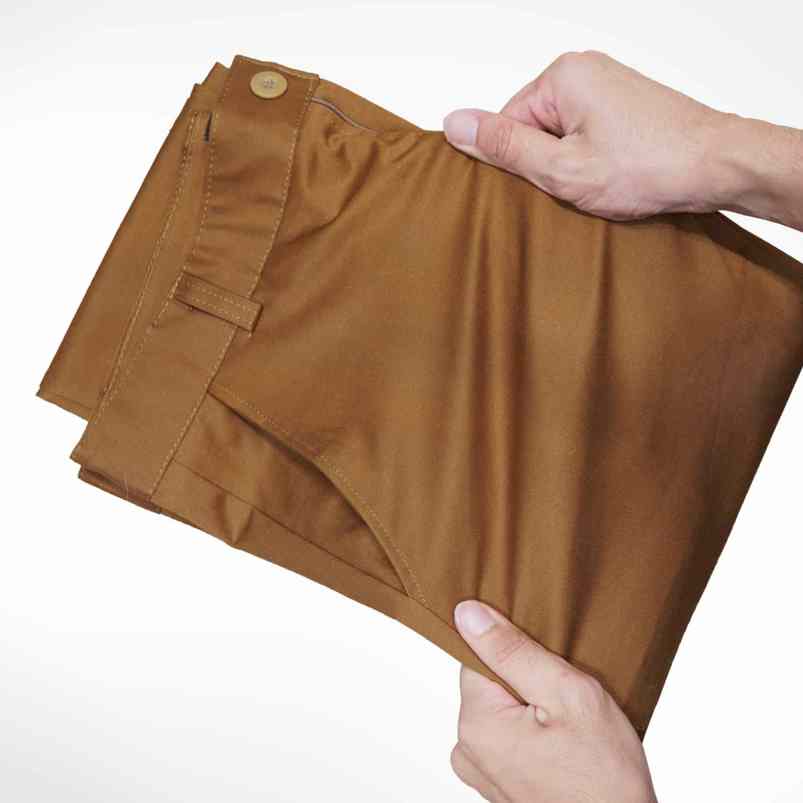
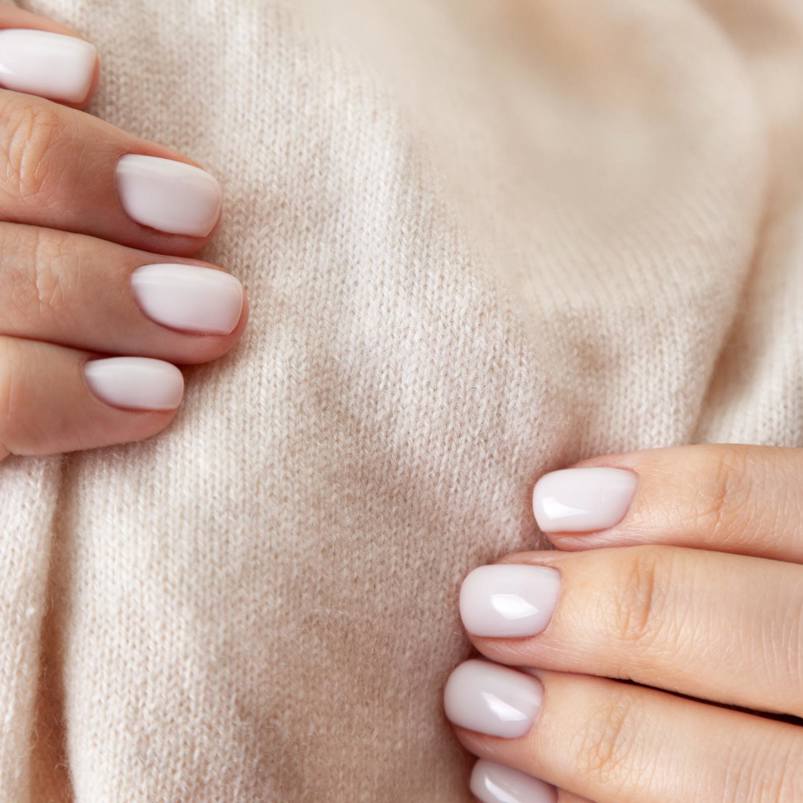
How a Texture Analyser can be applied leather and textile mechanical property measurement?
In the manufacture and development of leather and textiles, mechanical properties play a pivotal role in determining product quality, comfort, longevity, and overall performance. Utilising a Texture Analyser to measure these properties offers valuable insights and advantages:
- Quality assurance and control: Through measurements such as tensile strength, tear resistance, and stretchability, manufacturers can consistently uphold the quality of leather and textile products across different batches.
- Material development and innovation: By gauging the effects of different tanning methods on leather, or analysing the mechanical properties of blended or novel textile fibres, a Texture Analyser aids in the creation of innovative materials with tailored properties.
- Durability and wear analysis: Determining properties like abrasion resistance and pilling can predict how leather and textile products might wear over time, informing care instructions and expected product lifespan.
- Comfort evaluation: Factors like fabric softness, stretchability, and drape influence the comfort of clothing. Quantitative measurements can guide design decisions to enhance wearer comfort.
- Validation of material claims: For products marketed with claims such as "high stretch" or "tear-resistant", empirical data from a Texture Analyser provides solid evidence to back up these assertions.
- Optimised processing and finish: The effects of various finishes, dyeing processes, or treatments on the mechanical properties of textiles and leathers can be assessed, leading to optimized processing techniques.
- Sustainability evaluations: With a growing emphasis on eco-friendly textiles and leather alternatives, assessing the mechanical properties of sustainable materials ensures they can effectively replace or outperform traditional counterparts.
- Regulatory and standards compliance: Certain industries or regions may set specific standards for material properties, especially for safety gear or children's clothing. Consistent testing ensures products remain compliant.
- Predictive modelling: Understanding the mechanical properties can help manufacturers predict how textiles and leathers will perform under specific conditions, such as extended sun exposure or frequent laundering.
- Tailored product development: Different applications (e.g., upholstery versus apparel) have distinct mechanical requirements. Testing allows manufacturers to develop products that meet these specific needs.
- Economic efficiency: By understanding and optimising the mechanical properties of textiles and leathers, manufacturers can avoid over- or under-engineering products, leading to cost savings and resource efficiency.
- Feedback for raw material suppliers: Regular testing can provide feedback to fibre or hide suppliers regarding desired quality specifications and any observed variances.
Integrating a Texture Analyser into the manufacture and development process of leather and textiles equips producers with a wealth of empirical data. This data informs decision-making, fosters innovation, ensures quality and compliance, and ultimately leads to superior products that meet consumer and industry demands.
Typical measurements
A Texture Analyser can be equipped with a variety of probes and fixtures tailored to evaluate several mechanical properties specific to leather and textiles. For these materials, the following properties can often be assessed:
Tensile strength and elongation
This quantifies the maximum force a textile or leather can withstand while being stretched before breaking and the percentage elongation at the break.
Puncture and penetration resistance
Assesses the force required to puncture the textile or leather with a pointed object.
Elasticity and stretchability
Understanding the stretch and recovery properties of elastomeric fibres or fabrics.
Abrasion resistance
Analysing the wear resistance of materials when subjected to repeated rubbing.
Compressibility
For padded textiles or leather goods, assessing how materials respond to compressive forces.
Abrasion resistance
Determines how well the textile or leather can withstand surface wear due to rubbing or friction.
Compression and recovery
Measures how a material responds to compression and how well it recovers its shape afterward.
Adhesion of finish
ISO/BS/EN/ASTM/ISO/CEN/SATRA Standard Methods
Tear/burst resistance
Evaluating the force required to initiate or propagate a tear in fabrics, indicative of durability. Baumann tear tests are possible.
Stitch line tear/stitch tear resistance
Measures the strength of seams in textile products to ensure durability.
Flexural rigidity
Testing the stiffness of fabrics in bending, which relates to drape and comfort. The strength of the material when bent also evaluates its resistance to deformation under a bending load.
Peel strength
For laminated textiles or leather, determining the strength of the bond between layers.
Frictional properties
Understanding how textiles feel (smoothness, slipperiness) and interact with other surfaces.
Creep and relaxation
Observing how a material deforms under constant stress over time (creep) or how stress decreases over time under constant strain (relaxation).
Leather loop compression
Bagginess
Understanding these mechanical properties is crucial for fashion designers, manufacturers, quality control professionals, and materials researchers in the textiles and leather industry. Accurate measurements aid in ensuring product quality, durability, user comfort, and meeting industry standards.
Typical product test and graph
Case studies
Whether its providing the solution for PSG Institute of Advanced Studies to profile the texture of their kombucha leather or offering a method for the Spanish National Research Council to measure the wear behaviour of wool fabrics, a materials testing instrument is adaptable and flexible in its application to measure the bespoke mechanical properties of your product and then enable its quality to be controlled in your manufacturing to guarantee consistency and customer satisfaction.
With deep expertise in the physical property measurement of materials, we’re well equipped to support innovation in this sector – just ask our customers.
Probes and attachments for measuring the mechanical properties of leather and textiles
A wide range of probes and attachments can be integrated with our instruments, allowing testing to be precisely adapted to the material or product under evaluation. Applications include biaxial tensile tests to compare leather strength and distension of grain, stitch resistance tests to assess finished textile strength or loop tests to measure compression properties of leather.
Over the years, we have collaborated with leading scientists and organisations across diverse industries to design and refine attachments that meet highly specific testing requirements. When a suitable solution does not already exist, we develop one – expanding our portfolio of Community Registered Designs and reinforcing our commitment to innovation in solving complex testing challenges.
The examples provided illustrate a selection of specialised attachments and commonly performed measurements within this application area. This list is not exhaustive; a wide range of additional options are available for the testing of leather and textiles. All instruments in the Texture Analyser range can be used to perform the tests described.
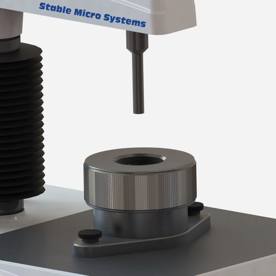
Bagginess Test Rig
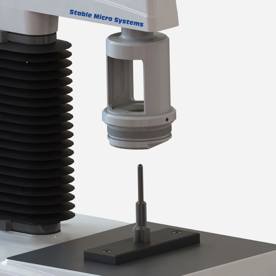
Lastometer/Ball Burst Rig
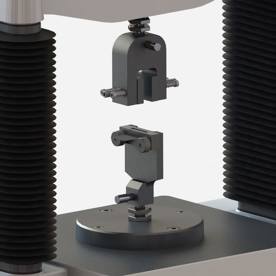
Stitch Line Jig
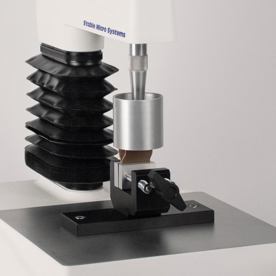
Leather Loop Test Rig
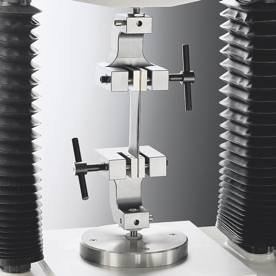
Tensile Test (Strip method)
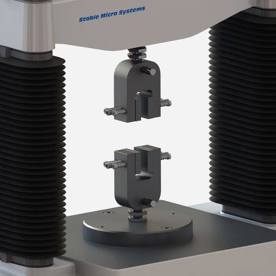
Single Edge Tear/Trouser Tear
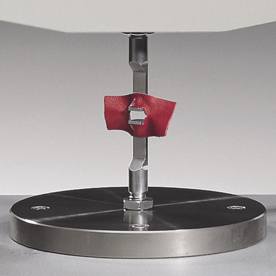
Slot Tear Rig
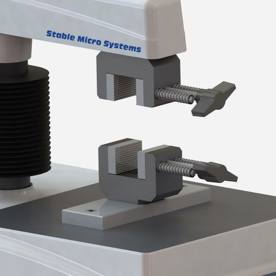
T Peel Test for Leather Adhesion
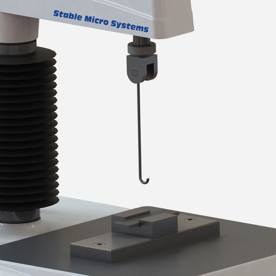
90° Leather Adhesion Rig
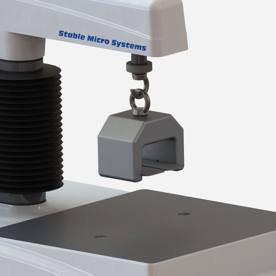
Removal force of attached components e.g. buttons
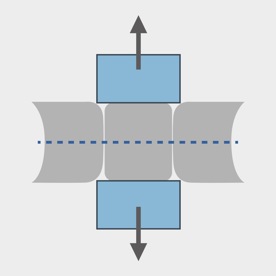
Stitch Tear Resistance – Parallel to stitches
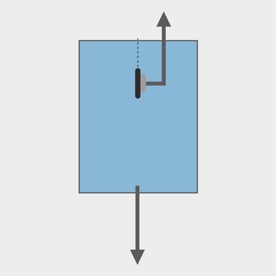
Stitch Tear Resistance – Perpendicular to stitches
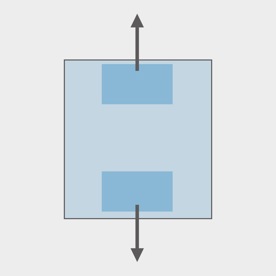
Tensile Test (grab method)
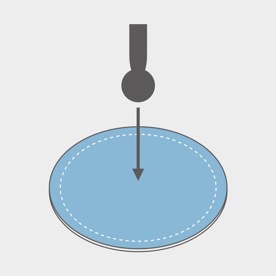
Textile Burst Test
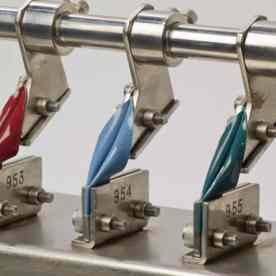
Other tensile tests
Test methods
Exponent Connect software includes a comprehensive range of test methods for leather and textile products , all instantly accessible at the click of a button. We streamline your texture testing process, ensuring faster access to methods and ready-to-use analysis files for your product properties.
Using the Texture Analyser for new leather and textile material and product ideas
The leather and textile industries are constantly evolving, integrating sustainability, technological advancements, and novel materials.
Here are some of the newer ingredient and product ideas in leather and textile research, development, and production and a typical academic reference to show how the Texture Analyser has already being applied:
Smart textiles
Textiles embedded with technology such as sensors, LEDs, and conductive fibres for wearables and health monitoring.
Spider silk and bio-synthetics
Bio-engineered silk proteins that can be produced by yeast, bacteria, or other microorganisms.
Vegan or bio-based leather
This includes leather made from mushrooms (mycelium), pineapple fibres (Piñatex), and lab-grown leather using yeast, bacteria, and other microorganisms.
3D Knitting
Computer-controlled knitting machines create garments directly, reducing waste.
Shape memory alloys in textiles
Textiles that can change shape in response to various stimuli, e.g., temperature.
Recycled textiles
Using recycled PET bottles, discarded fishing nets, and other waste materials to produce new fabrics.
Self-healing fabrics
Materials that can repair minor damages on their own.
Lab-grown leather
Bio-fabricated leather produced using cellular agriculture, without the need to raise and slaughter animals.
Biodegradable textiles
Fabrics designed to break down naturally at the end of their lifecycle.
Nano-textiles
Using nanotechnology to impart properties like water repellence, UV protection, antimicrobial effects, and self-cleaning.
E-textiles
Fabrics embedded with electronics, sensors, and conductive threads for functionalities beyond traditional textiles.
Phase change materials (PCMs)
Materials that absorb, store, or release heat as they change phase, integrated into textiles for temperature regulation.

